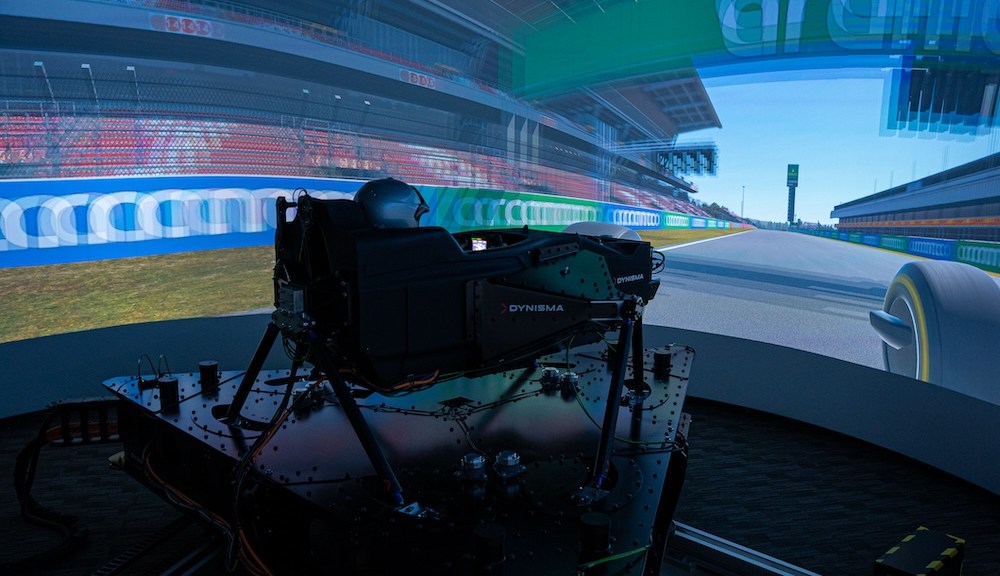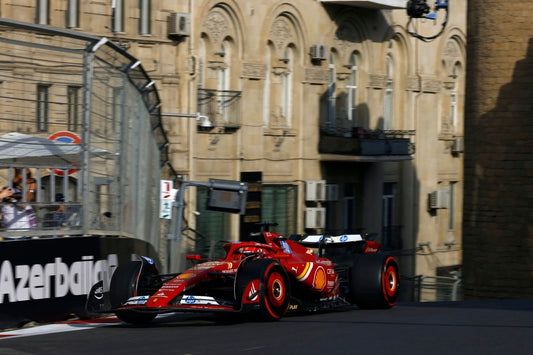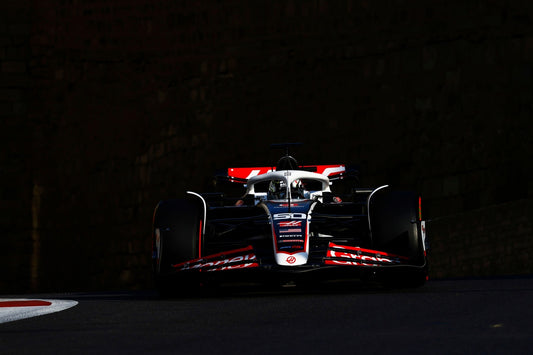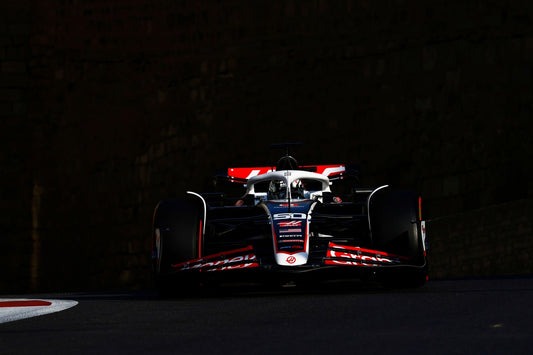Behind the Scenes: The Virtual World Shaping Formula 1's Future
Manish
In recent years, simulation technology has become an integral part of motorsports, particularly in Formula 1 where constant innovation and development are crucial. To gain a deeper understanding of this technology, we delved into the world of Dynisma Limited, a leader in simulation technology based in Bristol, UK. Founded in 2017 by Ash Warne, a former McLaren and Ferrari F1 simulation lead, Dynisma has become a vital service provider in an era where real-world testing is limited.
The Importance of Simulation in Motorsports
Simulation has become the primary tool for developing race cars and is increasingly being adopted by automotive companies. As Warne explains, "It's the main tool now to be able to allow them to develop the cars, and automotive companies are doing the same. They want to make fewer prototypes. They want to be able to go straight to the production line without having to spend time and money building mule cars, building prototypes."
Dynisma's Technological Advancements
Dynisma aims to blur the lines between virtual and reality by developing the most accurate simulation technology available. Their key innovation lies in reducing latency - the delay between driver input and the resulting experience. Warne states, "Our first major contribution is about latency, and we've got that latency down to less than five milliseconds, which is basically imperceptible." This improvement allows drivers to interact with the simulator in a way that closely mirrors real-world driving experiences.
The Motion Generator Technology
Dynisma's Motion Generator technology provides drivers with a unique sensory experience that closely mimics real-world driving. Warne explains, "Fundamentally, our Motion Generator technology allows the driver to feel the car in a way that other simulators don't. That means the driver is able to drive the simulator in the same way as they are the real car." This technology engages both the driver's sense of touch and their vestibular system, creating a more immersive and realistic simulation experience.
The Role of Simulation in F1 Development
Simulation serves as a crucial intermediary between wind tunnel testing and on-track performance. Results from wind tunnel tests are replicated in the simulator to validate developments before they are implemented on the actual car. This process ensures that all data aligns as expected, bridging the gap between theoretical improvements and real-world performance.
The Vehicle Model: More Than Just 3D Graphics
Contrary to what one might expect, the "vehicle model" in simulation is not a 3D graphical representation but a complex set of mathematical data. Warne clarifies, "This is the bit of software that describes exactly how the car works. How stiff the springs are, how much downforce you get off the rear wings, how much drag the car creates. So not the literal 3D model, but the sort of under the skin, mathematical model."
Simulation in Race Preparation
Simulation plays a crucial role not only in car development but also in race preparation. Drivers typically spend time in the simulator in the week leading up to a race, working with their race engineers to prepare for the upcoming event. During race weekends, the simulator is used to correlate data from practice sessions and experiment with setup changes to improve performance.
As motorsports continue to evolve, simulation technology will undoubtedly play an increasingly important role in pushing the boundaries of performance and innovation. Dynisma's advancements in this field are helping to reshape the way teams approach car development and race preparation, bringing the virtual and real worlds of motorsport closer together than ever before.




